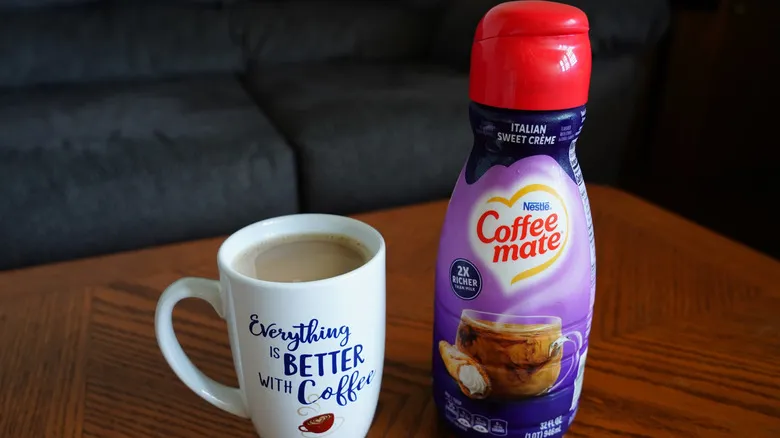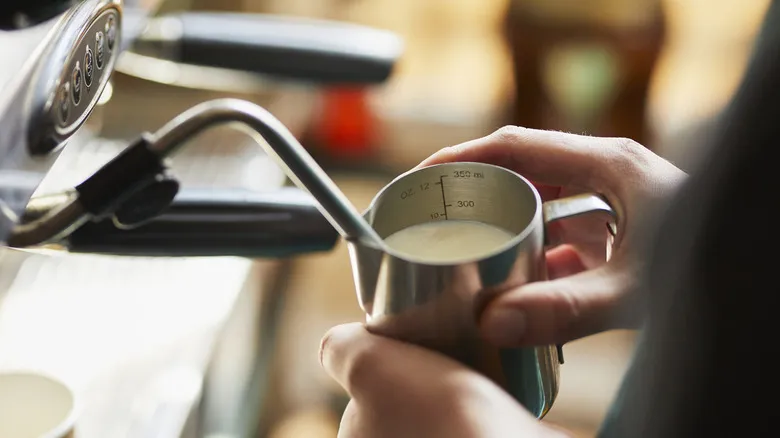Which types of non-dairy milks work best?

Not all non-dairy milks are created equal; they vary in fat and protein content, as well as flavor profiles. Oat milk is often a reliable choice, as it is rich enough to create a nice microfoam when steamed. Soy milk can also foam well, but it can be tricky: it tends to curdle at temperatures above 130 degrees Fahrenheit, so it's best to start with it cold. Additionally, it pairs better with less acidic coffee, as acidity can cause separation. Almond milk faces similar challenges, requiring lower temperatures and often lacking sufficient protein for a smooth microfoam.
Another nut milk you might come across is cashew milk. However, it’s not ideal for foaming; it tends to be watery and separates easily, resulting in a thin foam if you manage to create one. Hemp milk is gaining popularity, but it also falls short, as it doesn’t produce strong bubbles and can curdle easily. Moreover, some people find its vegetable-like flavor unappealing.
There are also some poor choices. Coconut milk lacks enough protein for effective steaming, and any foam created tends to break down quickly. Rice milk is similarly inadequate, as it doesn’t have enough protein or fat for good steaming.
With so many non-dairy milk brands available, it’s hard to make specific recommendations. Instead, aim for barista blends for the best foaming results.
Recommended

The Right Way To Store Nespresso Coffee Pods At Home

How Sweet Tea Became The Unofficial Official Drink Of The South

How To Order An Affogato At McDonald's

The Hack For Opening Coffee Creamer That's Annoyingly Simple
Next up

